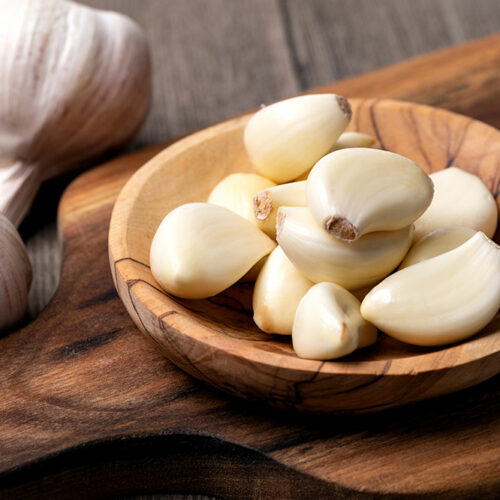Useful travel tips to help plan your next vacation efficiently

It doesn’t matter if you plan to travel solo or visit exotic destinations for a much needed holiday with your family. Traveling comes with its own challenges, and the more prepared you are, the better your experience will be, especially while going abroad. Planning for travel entails more than just booking flights and hotels. You have to be responsible for a number of things, especially when you go with your family. So here are a few useful travel tips you must consider while planning your next destination travel to stay one step ahead, and most importantly, in charge! Organize your info When you plan a multi-city tour, ensure that all the details of the upcoming trips are organized in a single destination travel folder. These include your itinerary and all particulars of flight, hotel, and activity bookings. Organizing a travel folder helps you stay prepared for the next city on the list. This is especially helpful when you are hopping across cities in different nations and have to be at certain places on fixed dates. Planning ahead can save you both time and efforts once you reach the place. Plan in advance From the cab ride to the airport to the last leg of your multi-city destination travel, it pays to plan well in advance.






